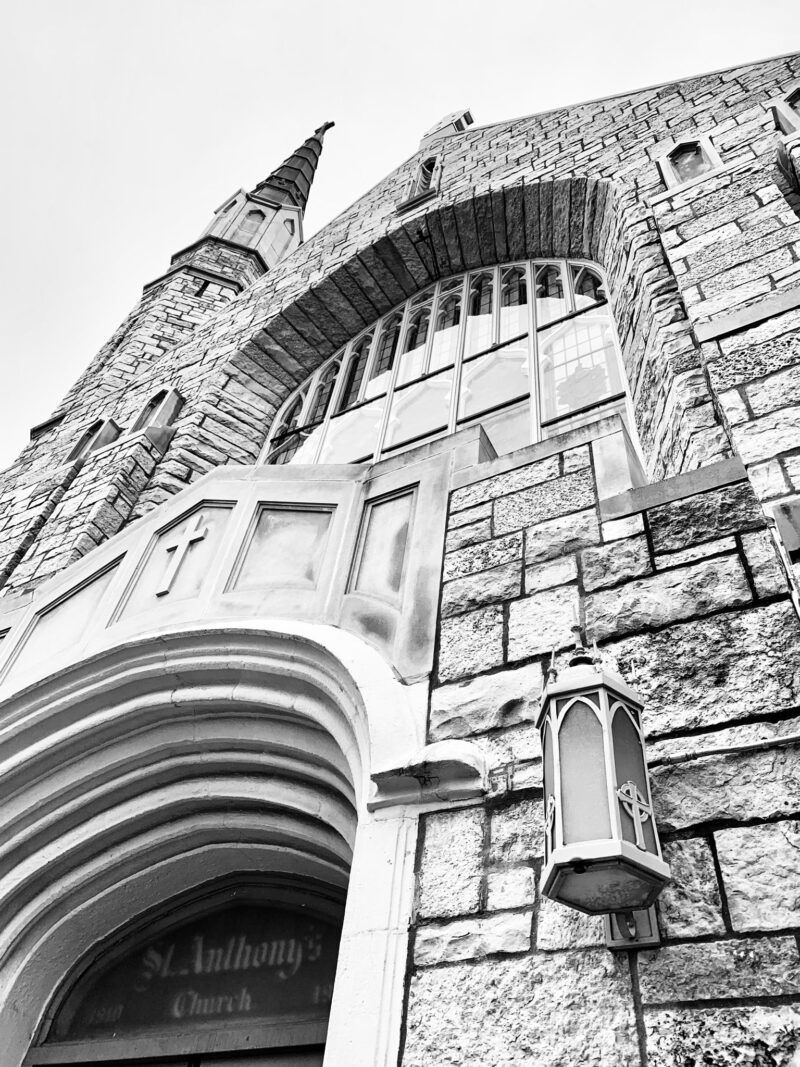Most of what we know about the founding of St. Anthony’s Church has been passed by word of mouth from the first founding families that came as immigrants to Kenosha in the 1890’s. Many of the descendants of these first families are still members of St. Anthony’s Congregation. These families organized fraternal societies as they experienced them in “the old country,” and gave impetus to the raising of a Slovak Catholic Parish. Coming from their native Slovakia, among the few things the people brought with them were their prayer books and Rosary beads as the items they held most precious.
The first meeting for the organization of the parish was held on March 20,1910. In consideration of the founding Society of the First Catholic Slovak Union, the patronage of St. Anthony of Padua was chosen for the new parish. Meetings and Masses were held at various locations in Kenosha and Racine until enough funds were raised to begin building the first of several buildings that would eventually make up St. Anthony’s Church and Congregation.
The first of several Slovak pastors, Reverend Victor Blahunka, was appointed by the Archdiocese of Milwaukee in 1912. The presence of their own pastor inspired the support of the Slovak families and encouraged contribution to the Church Fund. In less than a year, at the cost of $8,000, the first Church was completed. It was a combination building consisting of a church on the upper floor, a pastor’s residence and a meeting place on the first floor. This edifice was blessed on September 21, 1913, by the Right Reverend Joseph M. Koudelka, D.D., auxiliary bishop of Milwaukee. The dedication sermon was given in the Slovak language, to the delight and satisfaction of the congregation.
The Church continued to grow while promoting the welfare and advancement of St. Anthony’s Congregation, with a number of Men’s, Women’s, and children’s organizations. By 1918, St. Anthony’s began welcoming non-Slovaks to their Congregation, and began collecting funds for a new Church building. The prospect of a school was advanced at this time, as well as a separate rectory attached to the new Church building. By 1928, approximately $25,000 had been collected, but was deemed not enough to complete the building program.
The work of the building committee progressed quickly, however, and the cornerstone of the new Church was blessed on Thanksgiving Day of 1929. Although building plans had been modified and did not include a Rectory, on June 29, 1930, the Feast of Ss. Peter and Paul, the new church–an edifice in the modern Gothic style–was blessed and dedicated.

